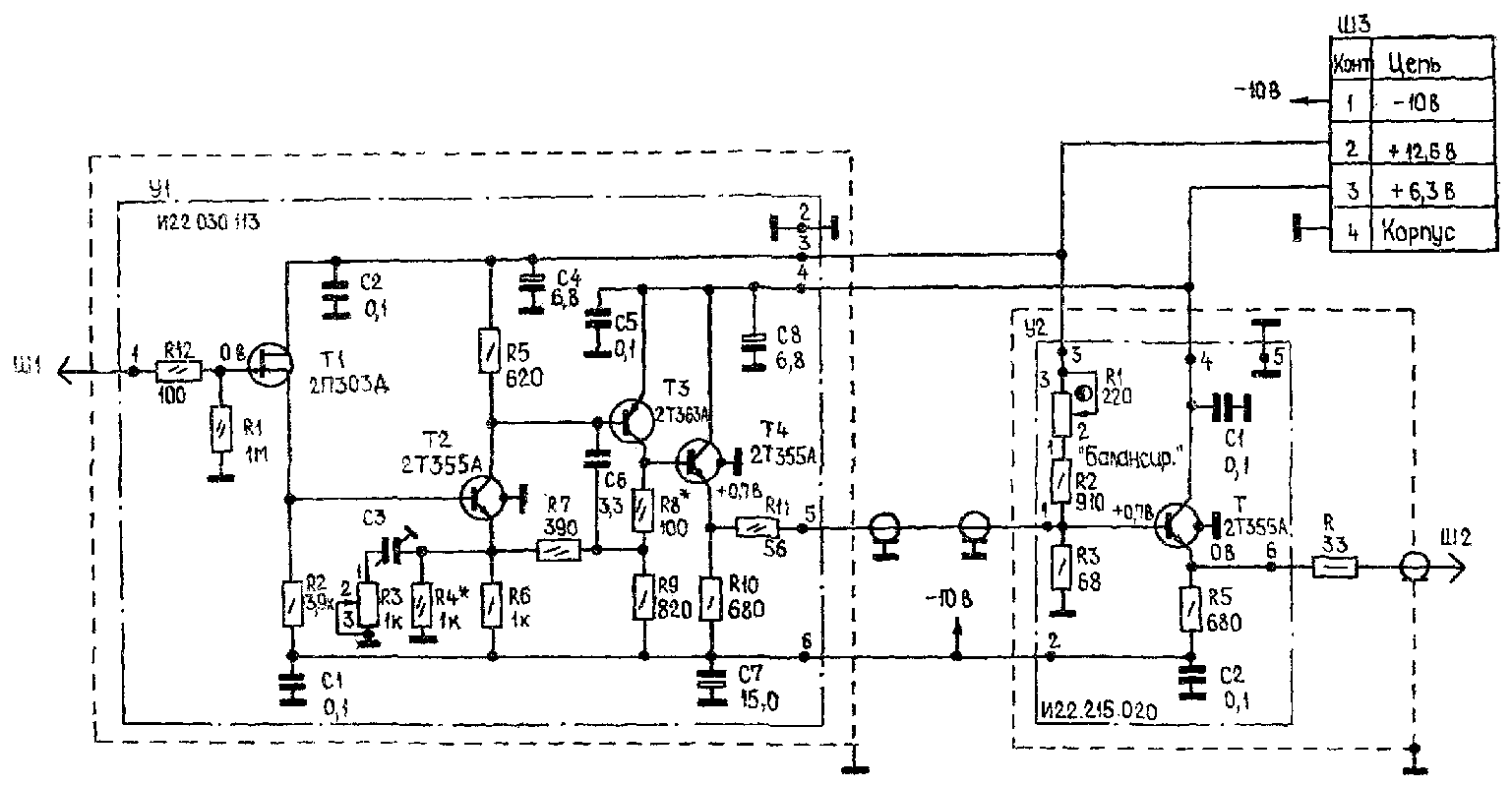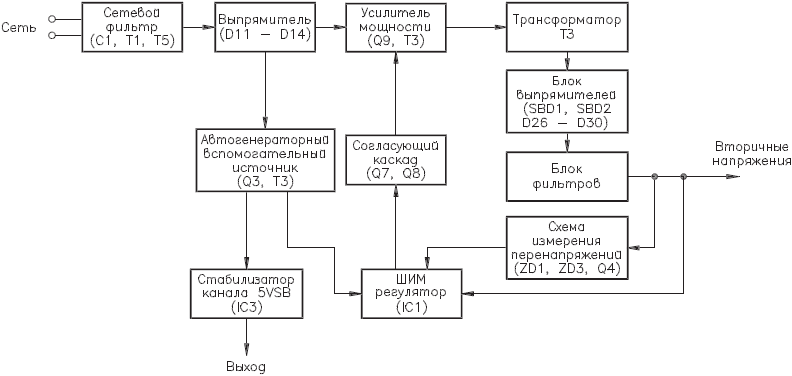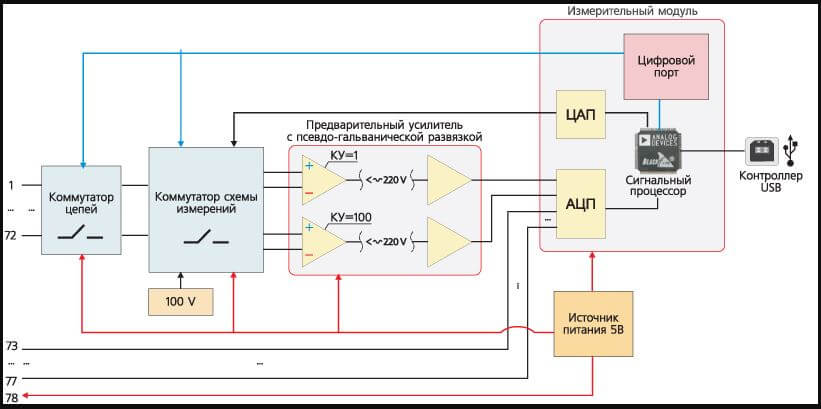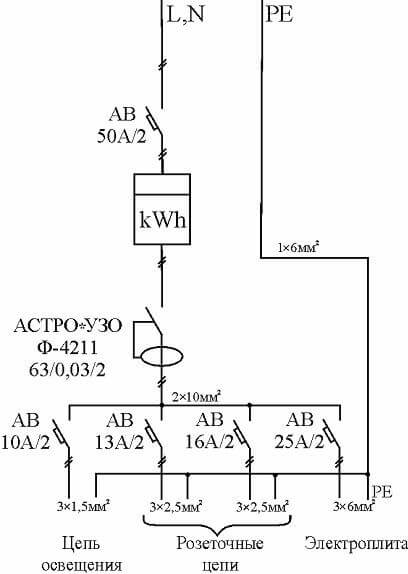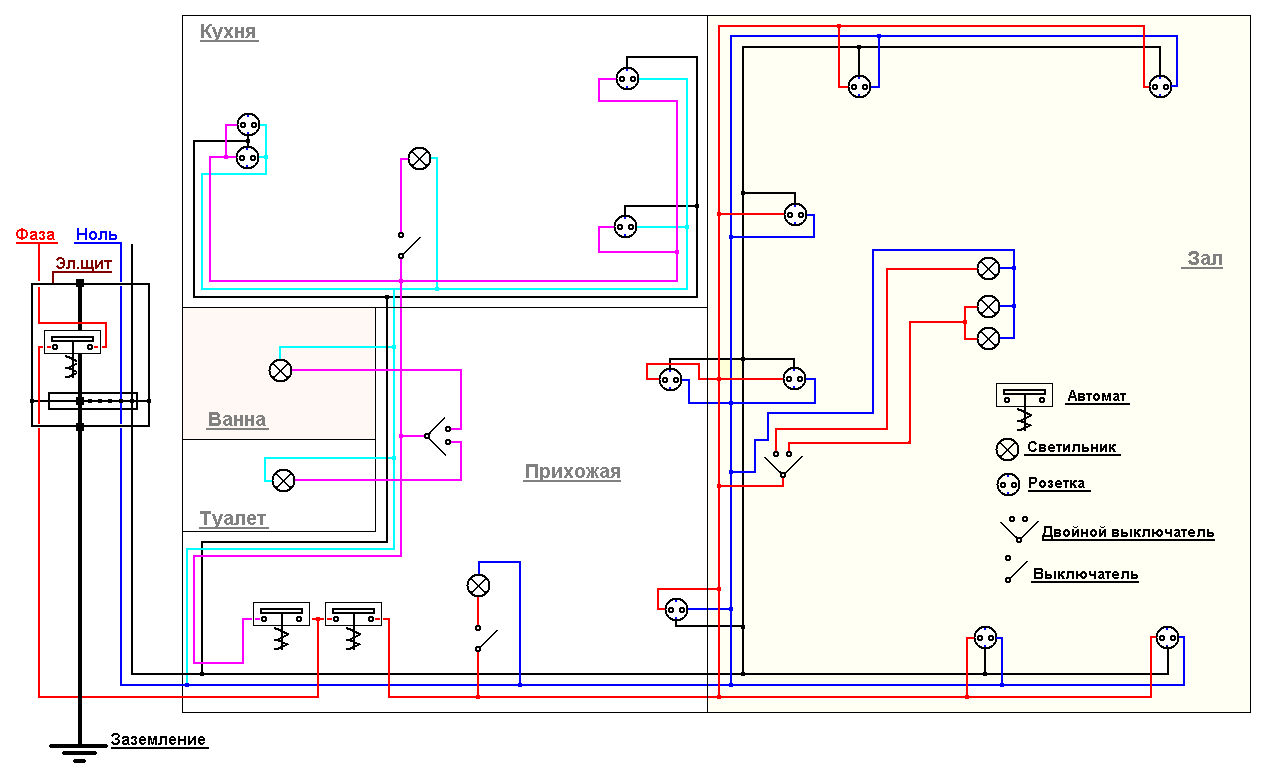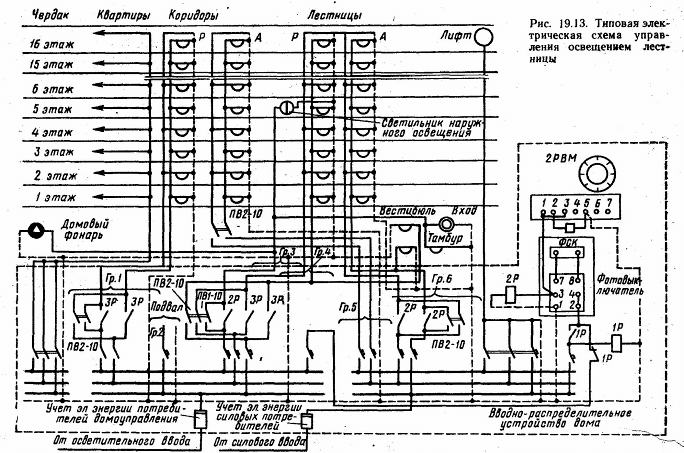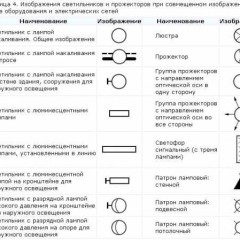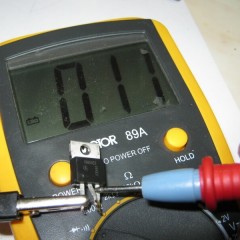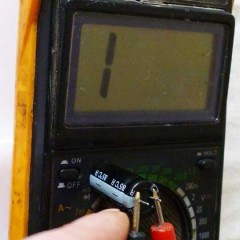What are the electrical circuits?
General classification
First you need to understand what is meant by types and what by types of documents. So, according to GOST 2.701-84, the following types of schemes exist (in brackets a brief designation):
- Electric (E).
- Hydraulic (G).
- Pneumatic (P).
- Gas (X).
- Kinematic (K).
- Vacuum (B).
- Optical (L).
- Energy (P).
- Divisions (E).
- Combined (C).
As for types, the main ones are:
- Structural (1).
- Functional (2).
- Principal (complete) (3).
- Connections (mounting) (4).
- Connections (5).
- General (6).
- Location (7).
- United (8).
Based on the indicated designations, it is possible to understand its type and type by the name of the electrical circuit. As an example, a document called E3 is a circuit diagram. In appearance, it looks like this:
Next, we will consider in detail the purpose and composition of each of the listed types of electrical circuits. We recommend that you familiarize yourself with standard symbols on the diagramsto make it even easier to understand what each variant of the drawing is.
The purpose of each circuit
Structural
This type of document is the simplest and gives an understanding of how the installation works and what it consists of. A graphic image of all the elements of the circuit allows you to initially see the big picture in order to move on to a more complex process of connecting or repairing. The reading order is indicated by arrows and explanatory inscriptions, which allows even a novice electrician to understand the structural electrical circuit. You can see the construction principle in the example below:
Functional
The functional electrical circuit of the installation, in fact, is not too different from the structural one. The only difference is a more detailed description of all the components of the circuit. This document looks as follows:
Principled
The circuit diagram is most often used in distribution networks, as gives the most open explanation of how the electrical equipment in question works. In such a drawing, all functional nodes of the circuit and the type of connection between them must be indicated. In turn, the principle wiring diagram can have two varieties: single-line or full.In the first case, only primary networks, also called power networks, are depicted in the drawing. You can see an example of a single-line image below:
A complete circuit diagram may be detailed or elemental. If the electrical installation is simple and you can put all the explanations on one main drawing, it is enough to make a detailed plan. If you are dealing with complex equipment, which includes a control, automation and measurement circuit, it is better to lay out all the individual nodes on different sheets so as not to get confused.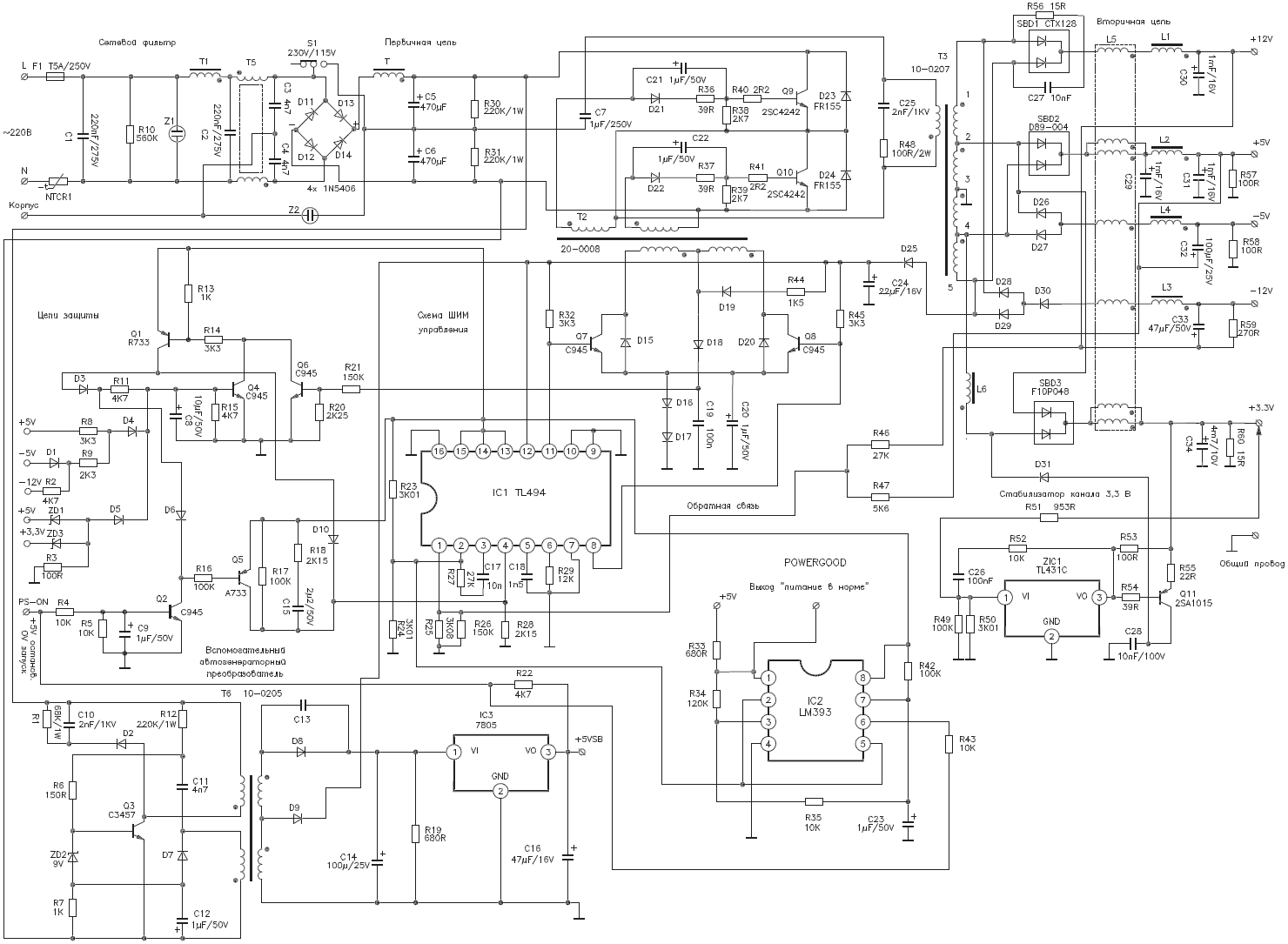
There is also a circuit diagram of the product. This type of document is a kind of copy from the general plan, which shows only how a particular node works and what it consists of.
Assembly
We most often use this kind of electrical circuits on the site when we talk about how to independently perform electrical wiring. The fact is that on the wiring diagram you can show the exact location of all the elements of the circuit, the way they are connected, as well as the alphanumeric characteristics of the units making up the drawing. If you take as an example wiring diagram in a studio apartment, on it we will see where it is necessary to place sockets, switches, lamps and other products.
The main purpose of the wiring diagram is a manual for electrical work. According to the prepared drawing, you can understand where, what and how to connect.
By the way, the wiring diagram is also considered an electrical wiring diagram, which is designed to connect electrical equipment, as well as connecting plants together within the same circuit. At connecting household appliances guided by the wiring diagram.
United
Well, the last of the electrical circuits used in distribution networks is the integrated one, which can include several types and types of documents. It is used if it is possible to designate all the important features of the circuit without a strong heap of the drawing. Use the joint project most often in enterprises. This type of scheme is unlikely to meet home masters. You can see an example below:
There is also a cable route scheme, which is a simplified plan for laying a cable line to distribution points and transformer substations. Its purpose is similar to the wiring diagram - with the help of this document, the installers are guided how to draw a line from point A to point B.
Finally, we recommend watching a useful video on the topic:
So we examined the main types and types of electrical circuits, as well as their purpose and characteristics. Knowing the conventions and having at hand all the necessary documentation is not at all difficult to understand how this or that installation works.
It will be interesting to read:

